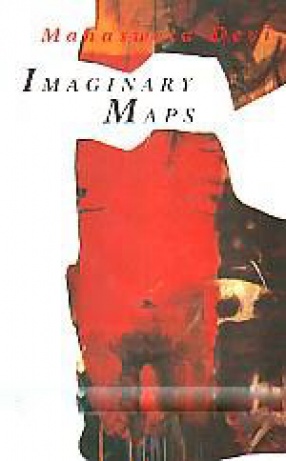
Mahasweta Devi

26 books

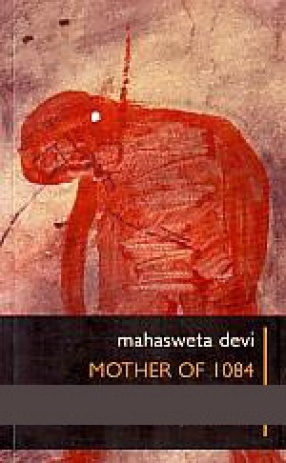

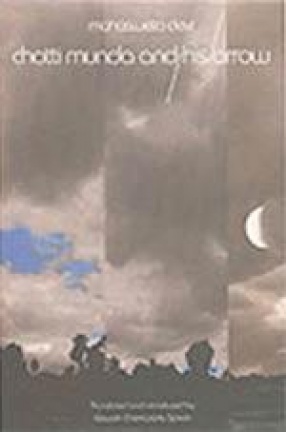

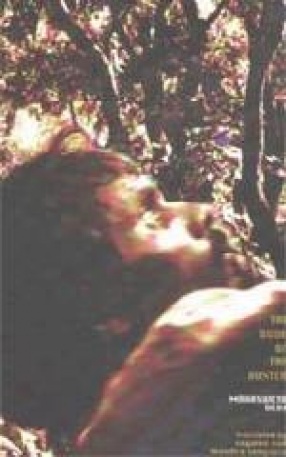
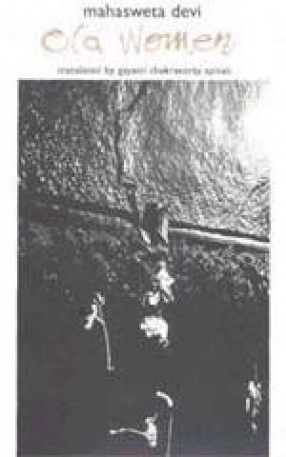


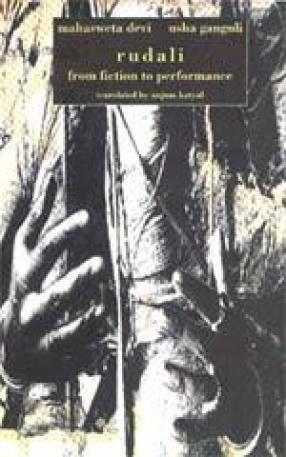
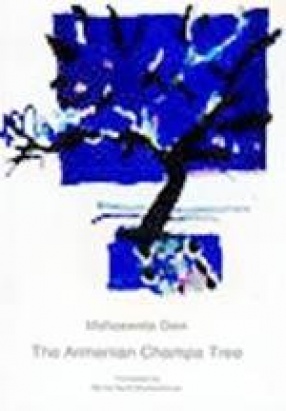
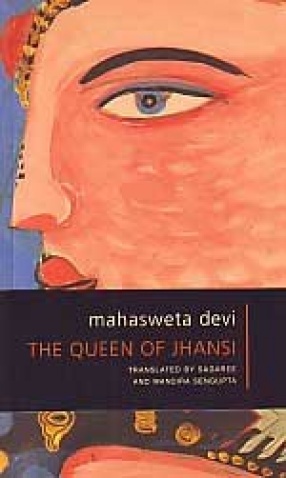
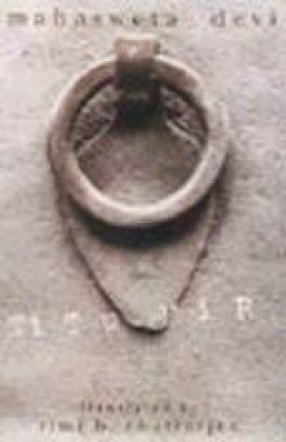
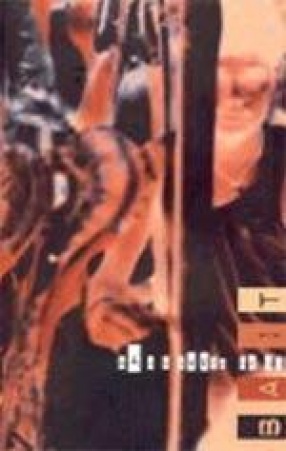
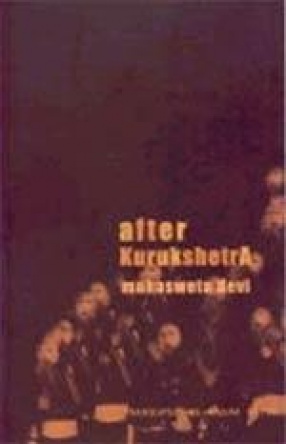
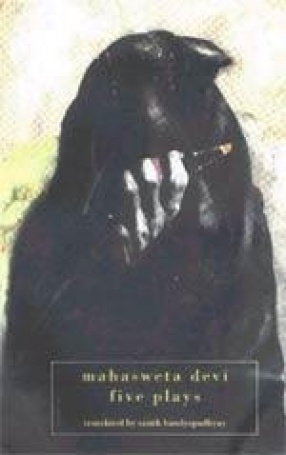
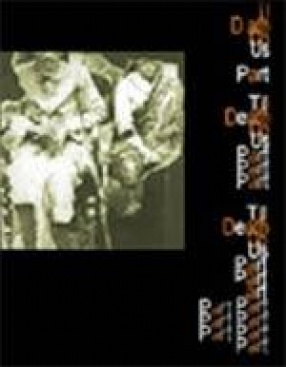
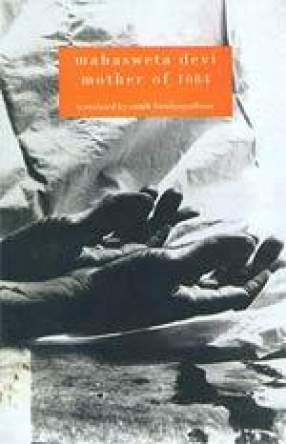

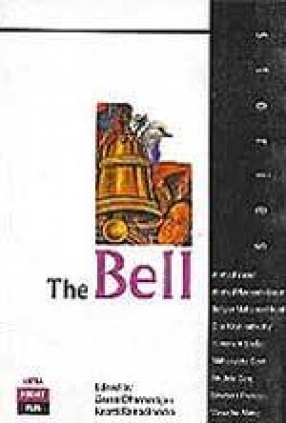
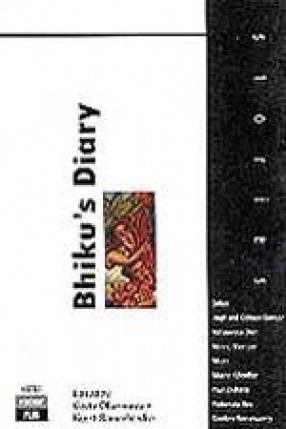


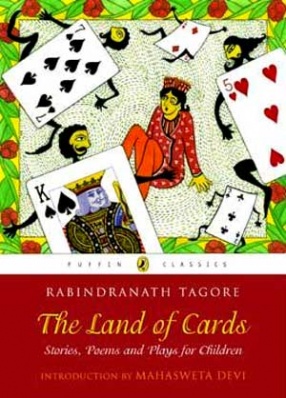
Poet, novelist, painter, musician and Nobel Laureate, Rabindranath Tagore was one of modern India’s greatest literary figures. This collection brings together some of his best works—poems, short stories and plays in one volume.Be it the wit, magic and lyricism of his poetry or the vividly etched social milieu of his stories, or the sheer power and vibrancy of his plays, Tagore’s versatility and unceasing creativity come alive in these writings. ...

Four of Mahasweta Devi's most powerful stories--'Salt', 'Seed', 'The Witch' and 'Little Ones'--all set in Palamau, the tribal intensive region she has travelled extensively. As she says in her introduction, 'My Palamau is a mirror of India.' These harsh, hard-hitting pieces are, in her own words, among the most important of her prolific writing career. Written in the 1980s, they resonate with anger against the ...

I had but that one arrow, says Chotti Munda, the hero of this epic tale. A ‘magic’ arrow that stood for the pride, the wisdom, the culture, of their society, a society threatened with inevitable disintegration as its traditional structures crumbled under the assault of ‘national development’. The wide sweep of this important novel encompasses many layers. It ranges over decades in the life of Chotti—the central character—in which India moves from ...

Considered one of Mahasweta Devi`s most important works, this novel, written in 1981 appeared shortly after her seminal `Chotti Munda and His Arrow`.

This charming, expansive novel set in sixteenth-century medieval Bengal draws on the life of the great medieval poet Kabikankan Mukundaram Chakrabarti, whose epic poem Abhayamangal, better known as Chandimangal, records the socio-political history of the times. In the section of that epic called Byadhkhanda—the Book of the Hunter—he describes the lives of the hunter tribes, the Shabars, who lived in the forest and its environs. Mahasweta Devi explores the ...

The two stories in this collection, ‘Statue’ (Murti) and The Fairy Tale of Mohanpur’ (Mohanpurer Rupkatha) are touching, poignant tales, in both of which the protagonists are old women. In the first, a tragic, for bidden love returns to haunt Dulah, now an old woman pre-occupied only wih filling her stomach and surviving from day to day. In the second, Andi loses her eyes through a combination of poverty, societal indifference and governmental apathy, even ...

Four women—Dhouli, Shanichari, Josmina, Chinta—all from the most oppressed, marginalized segments of the society. Whether it is Dhouli, The young Dusad woman who finds herself an outcast in her own village; Shanichari, the Oraon girl who is forced into working in the brick kilns outside Calcutta; Josima, the Ho tribal who, with her husband, gets sucked into the racket of trade in cheap coolie labour; or Chinta, a brahman widow whose caste is no protection ...

A beautiful young man condemned to death for a crime of passion; his lover, the beautiful courtesan whom he kills but continues to mourn and yearn for; and a lonely young widow burning with unrequited desire. This love triangle set in twelfth century Bengal, moving between the royal city of Gaur and forests and rivers of rural Bengal, centers on the fate of the romtha, the branded criminal who awaits his own death. Ironically named Sharan—‘refuge’—there ...

‘Rudali’ is a powerful short story written by Mahasweta Devi. Revolving around the life of Sanichari, a poor lowcaste village woman, it is an acidly ironic tale of exploitation and struggle, and above all, of survival. In 1992 it was adapted into a play by Usha Ganguli, a leading theatre director of Calcutta, and instantly became one of the most acclaimed productions of its time. In both incarnations of Rudali, it has been a woman who has wrought and ...

Mato is a young Buno tribal boy of ten who is the despair of his mother because he spends all his time daydreaming instead of doing the useful things Buno boys are meant to do. He is completely devoted to his pet baby goat Arjun. When a tantric sanyasi demands that the goat be sacrificed to the goddess Kali, Mato runs away with Arjun in a desperate bid to reach the sanctuary of the Armenian church. Hunted by the entire village, the boy and his goat struggle to ...

The Queen of Jhansi remains one of India's most important historical figures, a legendary heroine who led her troops against the British in the uprising of 1857, now widely described as the first Indian War of Independence. Oral tales and songs abound, glorifying the image of spirited young woman warrior, who died on the battlefield but lives on in the minds of an entire people. The image of the warrior queen captured the imagination of Mahasweta Devi, who, ...

Titu Mir, a peasant leader, led a revolt against the British in Bengal in 1830–31, in the course of which he was killed. He has remained a hero in the popular imagination. This was a period of transition in agricultural Bengal. The evil effects of the Permanent Settlement were beginning to be felt by the rural people. Traditional zamindars were being replaced by absentee landlords. Indigo plantations were eating up fertile agicultural land. Titu, a hotheaded, ...

The four Stories in this collection are located in the urban and suburban underworld, and form an unusual segment of Mahasweta Devi's oeuvre -- 'Fisherman' (about Jagat who recovers bodies of young boys from the village tank so that the police can pass them off as cases of drowning), 'knife' (a tongue-in-check account of gang warfare in a suburban town of West Bengal, bordering Bangladesh), 'Body' (about a 'young woman', used by a politician and his cohorts until ...

With the ancient epic Mahabharat as her source, and the battle of Kurukshetra as a central motif, Mahasweta Devi weaves three stories in which we visit unexpected alleys and by-lanes of the traditional epic saga, and look at events from the eyes of women--marginalized, dispossessed, Dalit. Their eyes condemn the wanton waste and inhumanity of war. This Kurukshetra is not the legendary Dharmayuddha of the popular imagination but rather a cold-blooded power game ...
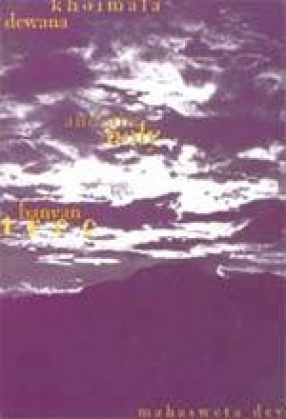
'The hero of our story, Dewana, appears in the very first episode.' 'What does dewna mean?' 'Someone who's mad.' The image of this love-crazed hero haunts Khoimala, the gentle Brahman girl, and her low-caste sweetheart, the young boatman, Golak, as they live out their doomed love story: doomed because social and religious taboos damn their forbidden love. On the one hand, eighteenth century rural Bengal, quickening to the pace of urban development, undergoes ...

In the seventies, Mahasweta Devi dramatized one of her major novels, Mother of 1084, and four of her finest stories, convinced that as plays they would be more accessible to the largely illiterate audience she wanted to reach. In the five plays in this anthology, the mother of a Naxalite martyr ‘discovers’ her son (and in the process her self) a year after his death; a slave enslaved by an ancient bond discovers too late that the bond has turned to dust years ...

Five elderly women and men in their lives: husbands, lovers, sons, and friends. All living in the margins of society, ageing, enduring, struggling to make two ends meet. These touching tales, with their humour, delicacy and warmth, are each centred on a woman character. There is Kuli (‘Talaq’) who finds herself unexpectedly divorced in the heat of a quarrel, but decides to defy societal taboos with her ex-husband, companion of many years. Mohini, lonely after ...

Mahasweta Devi is widely acknowledged as one of India's foremost writers. Her trenchant, powerful, satiric fiction has won her recognition in the form of the Sahitya Akademi 1979 and Jnanpith 1996 awards, amongst several other literary honours. She was also awarded the Padmasree in 1986, for her activist work amongst dispossessed tribal communities. This sensitive novel, written in 1973-74, deals with the psychological and emotional trauma of a mother who awakens ...

The two stories in this collection, 'Statue' (Murti) and 'The Fairy Tale of Mohanpur' (Mohanpurer Rupkatha), are touching, poignant tales, in both of which the protagonists are old women. In the first, a tragic, for bidden love returns to haunt Dulali, now an old woman pre-occupied only with filling her stomach and surviving from day to day. In the second, Andi loses her eyes through a combination of poverty, societal indifference and governmental apathy, even as ...
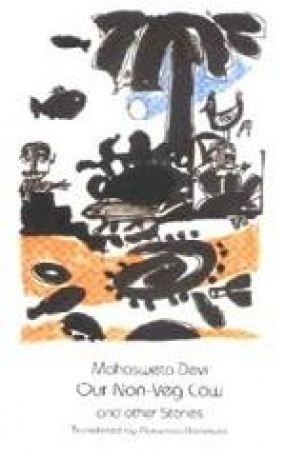
In this volume, Mahasweta Devi reveals a fresh new face to those who know her only from her hardhitting socially committed writing—as a writer of delightfully whimsical and funny children’s stories. This is a side of her personality that young readers in Bengal have enjoyed and savoured for over thirty years. This volume consists of ten favourite stories, selected by the author from Sandesh, a popular children’s magazine closely identified with the family ...

Dip into an unusual mix of unforgettable short fiction – fiction that is sure to enchant, amuse and provoke. This book from the Pocket Plus series presents an eclectic collection of stories in reader friendly translations. Fine short fiction from across India, this collection is a sure way of knowing India through her stories.

Dip into an unusual mix of unforgettable short fiction – fiction that is sure to enchant, amuse and provoke. This book from the Pocket Plus series presents an eclectic collection of stories in reader friendly translations. Fine short fiction from across India, this collection is a sure way of knowing India through her stories.
